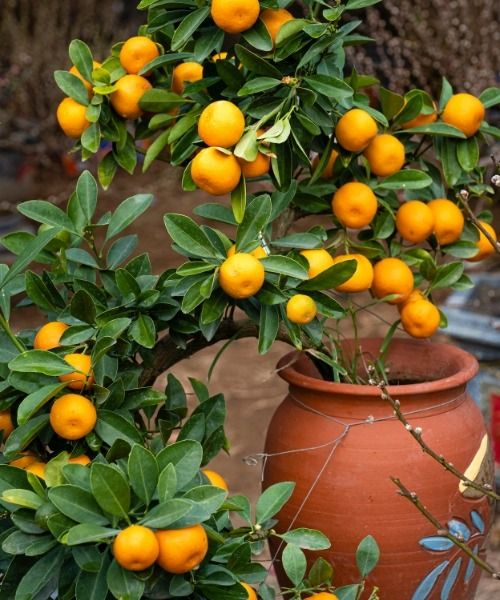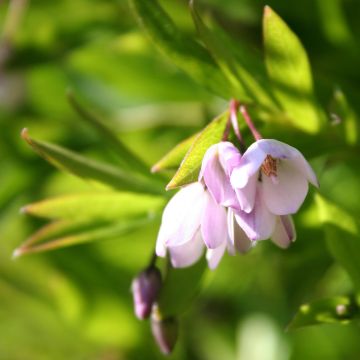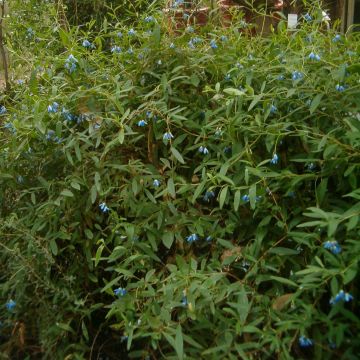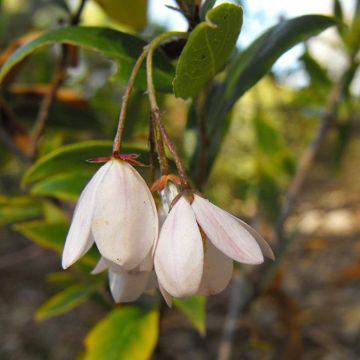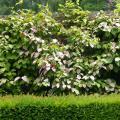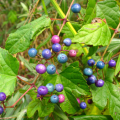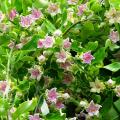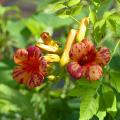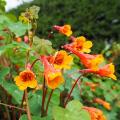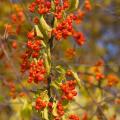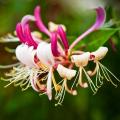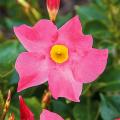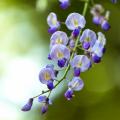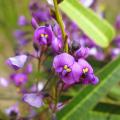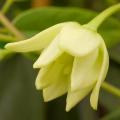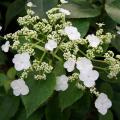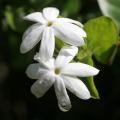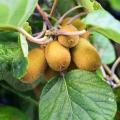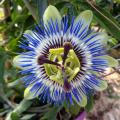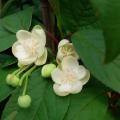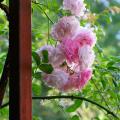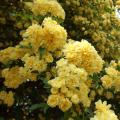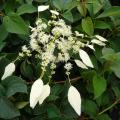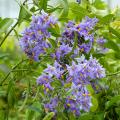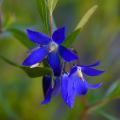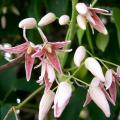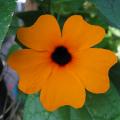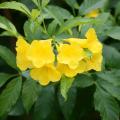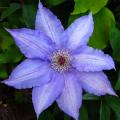Sollya heterophylla
Would this plant suit my garden? Set up your Plantfit profile →
Available in 1 sizes
Available in 1 sizes
Available in 1 sizes
Available in 1 sizes
Our varieties of Sollya heterophylla. A small liana of Australian origin, semi-woody, semi-herbaceous, the species with blue flowers is also called Sollya fusiformis or sometimes Billardiera heterophylla. Its foliage is evergreen in frost-free conditions, sometimes presenting a bushy appearance, and it bears beautiful bell-shaped flowers in shades of blue from summer to autumn, pink in the case of 'Rosea', for example, or white (Sollya heterophylla 'Alba') depending on the variety. It is a very attractive plant for mild climates (-5°C (23°F)), resistant to dry conditions, and it also thrives in pots in regions less favourable to its cultivation.
Sollya belongs to the Pittosporaceae family. It is characterized by a flexible habit, a woody base, and herbaceous growth. With rapid growth, it can be more or less climbing, bushy, or spreading depending on its use. The plant produces twining stems that can reach 1.50m (5ft) to 2m (7ft) in our climates, with a spread of 1m (3ft) to 1.50m (5ft). Its slender stems bear glossy leaves of oval or lanceolate shape. Flowering occurs from June to September. The small campanulate flowers, 1 to 2cm (0 to 1in) long, are grouped in clusters of 4 to 8 and borne on long peduncles. Sollya produces edible navy blue berries.
Haven't found what you were looking for?

































